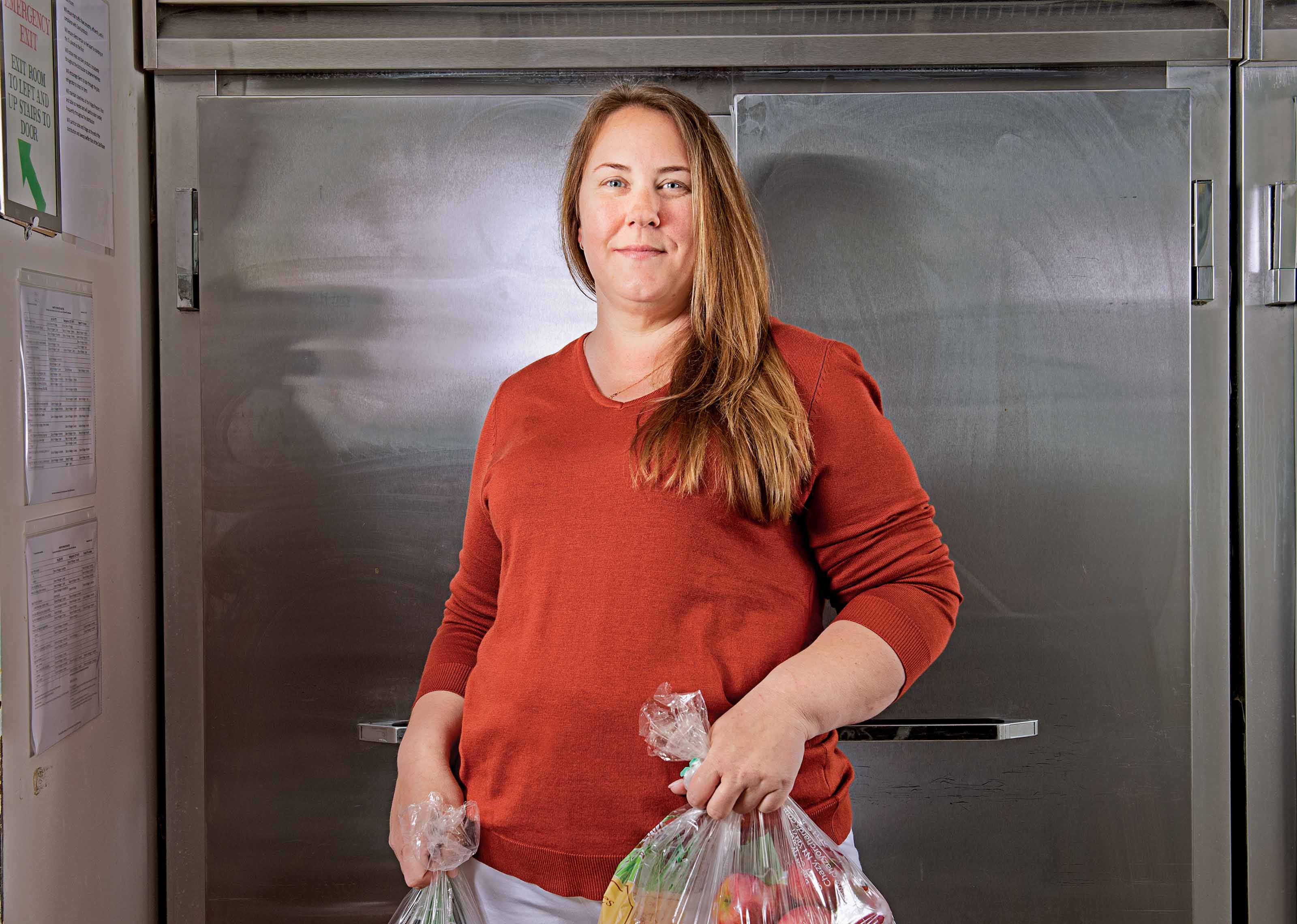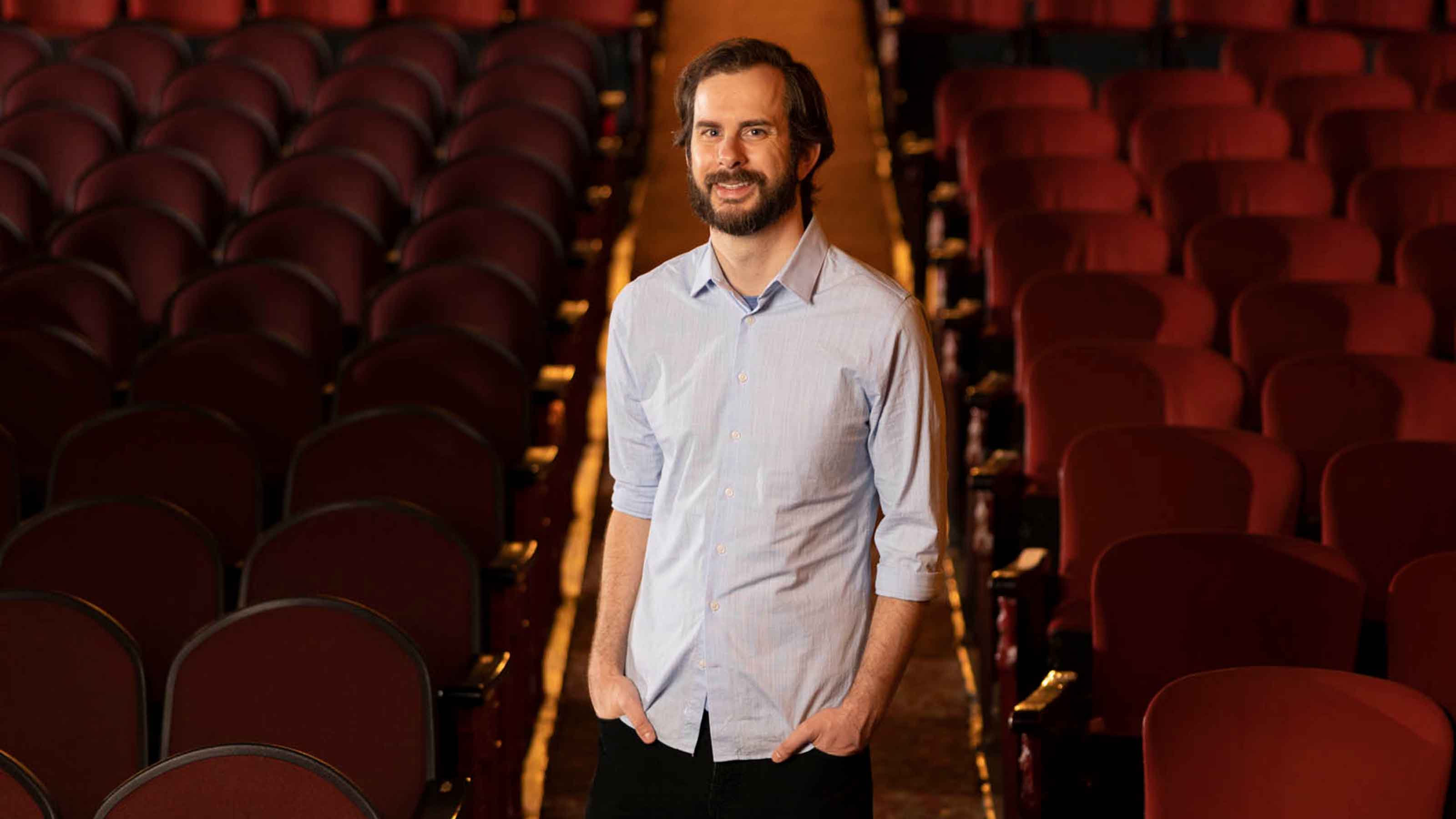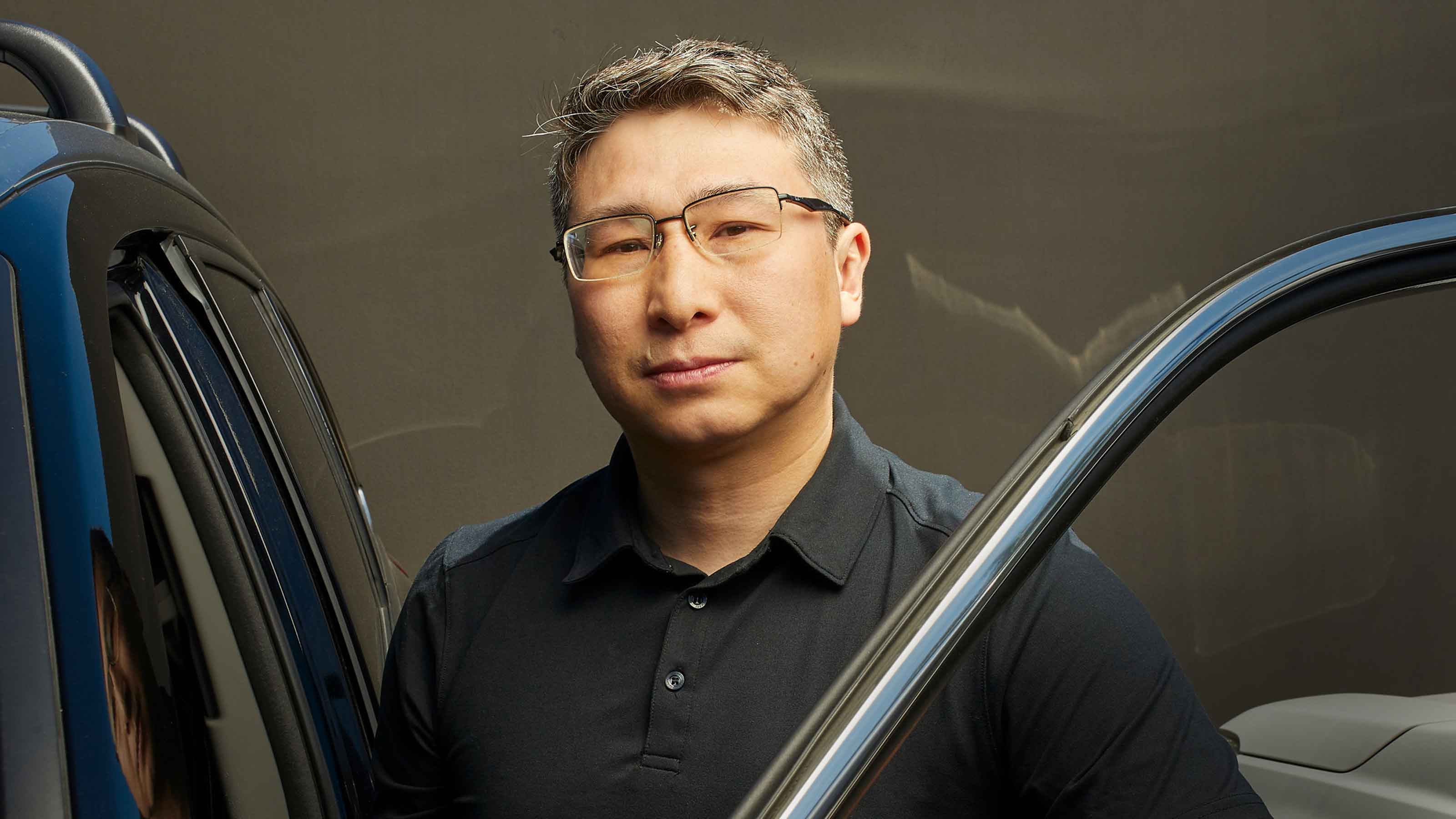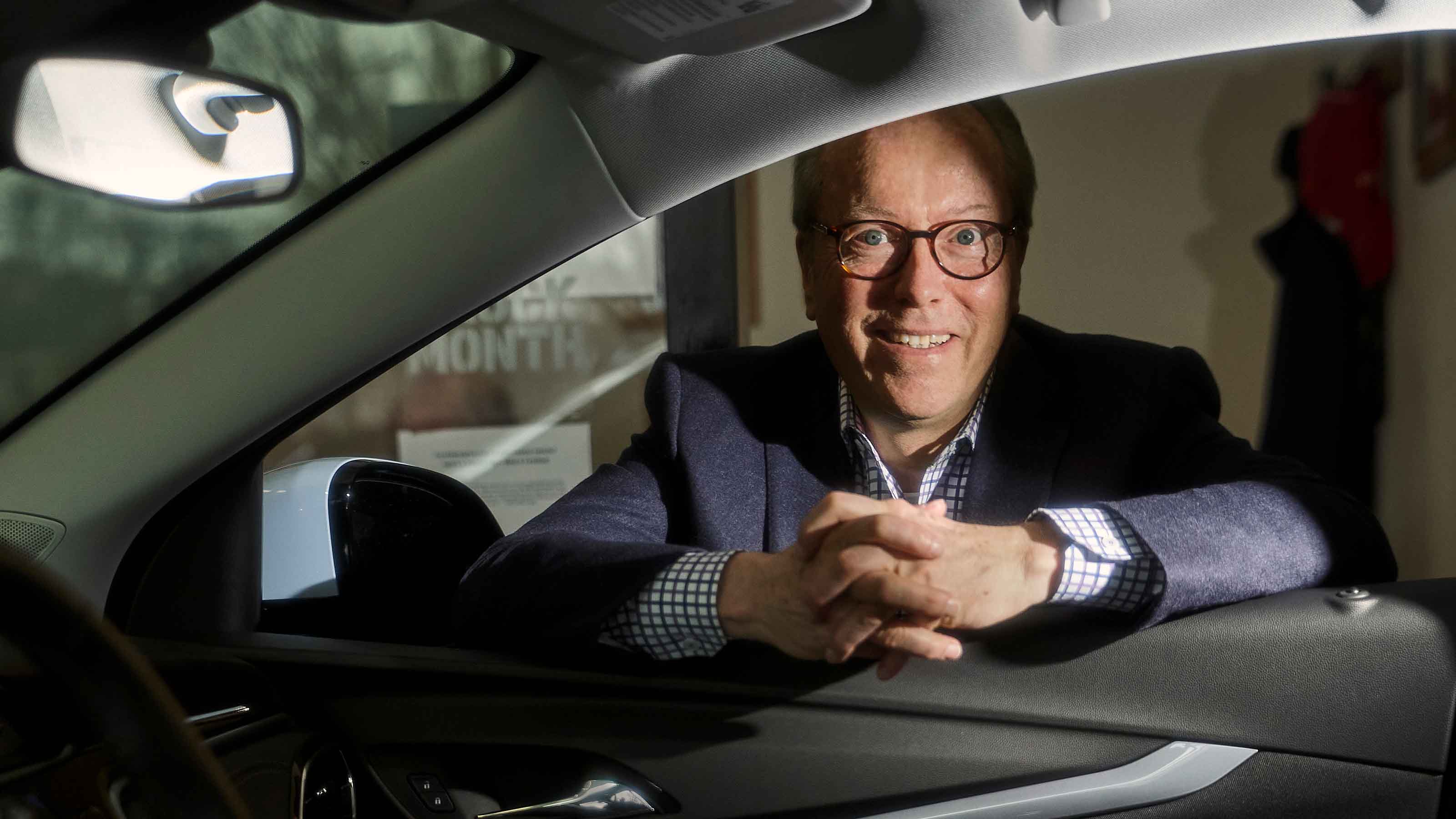Small Business Success Story: Beach Pockets
Bored at the shore, a former dental hygienist launches a booming beach business.

Kiplinger's spoke with Barbara Bigford, 58, of Paoli, Pa., about what inspired her to invent Beach Pockets, which are anchors for beach umbrellas. The dental hygienist-turned-entrepreneur has made more than one million dollars in sales since creating the product in 2001. Here are excerpts from our interview:
Where did you get your idea? For years, I took my three kids and our beach umbrellas to the shore. I’d look forward to reading my novel but end up holding down umbrellas in the wind. One day in 2001, I was bored and staring at the sand. I thought, Why not use it to hold down the umbrellas?
What came next? I found a lightweight and fast-drying material and sewed a pocket that could be tied to the umbrella pole and filled with sand. Unfortunately, at the beach the anchor slipped off the pole. Several trips to Home Depot later, I found a collar with a screw that you could tighten to fit different-size poles, and I attached pockets to the collar. It worked.
From just $107.88 $24.99 for Kiplinger Personal Finance
Become a smarter, better informed investor. Subscribe from just $107.88 $24.99, plus get up to 4 Special Issues

Sign up for Kiplinger’s Free Newsletters
Profit and prosper with the best of expert advice on investing, taxes, retirement, personal finance and more - straight to your e-mail.
Profit and prosper with the best of expert advice - straight to your e-mail.
Did you apply for a patent? Yes, after one old gentleman on the beach pumped me for information and asked if I had taken my idea to a lawyer. Within 24 hours, I talked with a patent attorney in Philadelphia to start the process. I got a patent in September 2002.
How did you start your business? I paid about $450 apiece to have a couple of prototypes made, and I took them to a trade show. The response was overwhelmingly positive. I hired a manufacturer in Orlando to make 6,000 units. Over the next several years, I sold to Acme supermarkets, Ace Hardware, SuperValu, Walgreens and other retailers. In 2004, I appeared on QVC [the broadcast retailer], where I sold more than 2,000 units in six minutes.
How did you finance the business? I used about $34,000 in savings and $85,000 from a home-equity line of credit, plus hundreds of thousands of dollars in bank loans, primarily to pay for manufacturing. I used any money I made to pay off loans or plowed it into the business.
What was your sales strategy? I was honest, I was genuine, and if I didn’t know something, I asked questions. In my first meeting, with Acme Markets, the corporate buyers asked me what my margin was. I was a dental hygienist. I didn’t know margin! I told them so, and they were really helpful. Also, I was tenacious. Even after Wal-Mart made Beach Pockets available online to its store managers, I visited 125 stores over six months.
Why did you decide to license Beach Pockets? Through 2008, I racked up nearly $1.6 million in sales. I realized that I needed help to run a growing business. I didn’t want to sell the company, so licensing my product to another company to manufacture and distribute seemed best. After the first licensing agreement didn’t work out, in 2013 I signed with Aqua Leisure, in Boston, a leader in seasonal and recreational goods. The company paid me an initial royalty to begin our partnership, and I’ll get between 4% and 6% of everything that Aqua Leisure sells, starting with a relaunch this summer. That’s a typical licensing arrangement. I’m also getting a monthly consulting fee. I’m bringing in a little over $50,000 annually from my projects, but when the royalties from Aqua Leisure kick in, my income will increase significantly. Aqua Leisure anticipates sales of $1 million annually within two years.
Have a success story you want to share? Write us at successstory@kiplinger.com.
Profit and prosper with the best of Kiplinger's advice on investing, taxes, retirement, personal finance and much more. Delivered daily. Enter your email in the box and click Sign Me Up.

-
 Nasdaq Leads as Tech Stages Late-Week Comeback: Stock Market Today
Nasdaq Leads as Tech Stages Late-Week Comeback: Stock Market TodayOracle stock boosted the tech sector on Friday after the company became co-owner of TikTok's U.S. operations.
-
 Disney’s Risky Acceptance of AI Videos
Disney’s Risky Acceptance of AI VideosThe Kiplinger Letter Disney will let fans run wild with AI-generated videos of its top characters. The move highlights the uneasy partnership between AI companies and Hollywood.
-
 Ask the Editor: Itemized Deductions
Ask the Editor: Itemized DeductionsAsk the Editor In this week's Ask the Editor Q&A, Joy Taylor answers questions on itemized deductions claimed on Schedule A of Form 1040
-
 How to Search For Foreclosures Near You: Best Websites for Listings
How to Search For Foreclosures Near You: Best Websites for ListingsMaking Your Money Last Searching for a foreclosed home? These top-rated foreclosure websites — including free, paid and government options — can help you find listings near you.
-
 Four Tips for Renting Out Your Home on Airbnb
Four Tips for Renting Out Your Home on Airbnbreal estate Here's what you should know before listing your home on Airbnb.
-
 Is Relief from Shipping Woes Finally in Sight?
Is Relief from Shipping Woes Finally in Sight?business After years of supply chain snags, freight shipping is finally returning to something more like normal.
-
 Economic Pain at a Food Pantry
Economic Pain at a Food Pantrypersonal finance The manager of this Boston-area nonprofit has had to scramble to find affordable food.
-
 The Golden Age of Cinema Endures
The Golden Age of Cinema Enduressmall business About as old as talkies, the Music Box Theater has had to find new ways to attract movie lovers.
-
 Pricey Gas Derails This Uber Driver
Pricey Gas Derails This Uber Driversmall business With rising gas prices, one Uber driver struggles to maintain his livelihood.
-
 Smart Strategies for Couples Who Run a Business Together
Smart Strategies for Couples Who Run a Business TogetherFinancial Planning Starting an enterprise with a spouse requires balancing two partnerships: the marriage and the business. And the stakes are never higher.
-
 Fair Deals in a Tough Market
Fair Deals in a Tough Marketsmall business When you live and work in a small town, it’s not all about profit.

